|
The primitive reflexes are a group of motor reflexes found in new-born babies. They develop in utero and share the characteristics of being present at birth in a full-term, healthy baby and are mediated or arise from the brainstem.
A reflex is an immediate involuntary response evoked by a given stimulus. All reflex responses are involuntary and are not cognitive or actively set off. A stimulus which triggers a reflex always results in the same response. Primitive reflexes are motor/movement reflexes and a specific stimuli will lead to the same pattern or sequence of movements. A large number of reflexes are found in the brainstem – a very old area of the brain positioned between the spinal cord and the cerebral hemispheres. The first of the primitive reflexes to emerge in utero is the Moro reflex, which appears between nine – twelve weeks after conception. In the first year of life, as a child grows and matures, the primitive reflexes are integrated or absorbed and replaced by the postural reflexes. Primitive reflexes never disappear but can be activated deliberately and they might gradually re-emerge with aging. Following head injury or cerebral insult or disease, they may dramatically re-appear. The role of primitive reflexes is two-fold: firstly, to help with survival in those delicate early months when the baby’s nervous system is not fully connected and secondly, to assist the baby to move. As previously mentioned, reflex movement is patterned, consistent and involuntary movement but this movement helps to make the baby aware of his body and his surroundings. Gradually, as the primitive reflexes retreat or are integrated, conscious voluntary movements will be established. The primitive reflexes can be divided into three groups – the multisensory reflex, primitive reflexes of position and the primitive tactile reflexes.
0 Comments
Puppetry which tells archetypal stories and is ensouled with meaningful gestures, creative speech, beautiful color, textures and set design is such a gift for all of us in the media-saturated world of today. We are so lucky to have an opportunity this summer to be inspired by working together and creating with the following master storytellers and puppeteers:  Janene Ping has been a Waldorf early childhood educator since 1992. She is the creator and artistic director of the Magical Puppet Tree Theatre supporting storytelling and puppetry arts for almost as long. ... She is a faculty member at Sophia's Hearth in New Hampshire, teaches kindergarten at the Hawthorne Valley Waldorf School, and has led courses in puppetry arts for educators throughout the Northeast and in Europe. 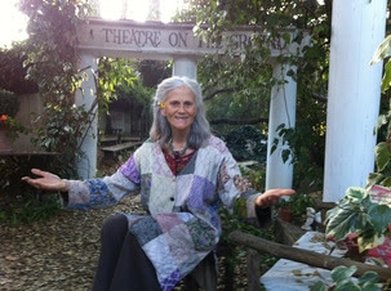 Nancy Mellon has been encouraging storytelling as a healing art around the globe for more than thirty years. Her workshops and courses brim with creativity. She is a psychotherapist and former Waldorf teacher whose books are cherished in many countries. Nancy is the author of Storytelling and the Art of Imagination, Storytelling with Children, The Knottles, and Body Eloquence, which won the US Books’ Best Books Award in the field of Alternative Medicine. To learn more see her website. 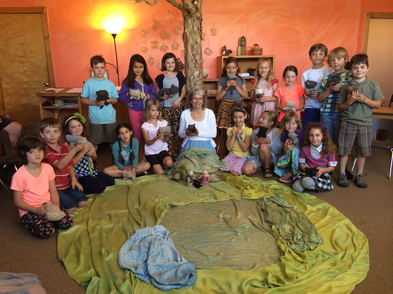 Jennifer Aguirre lives in the Sierra Nevada foothills near Sonora, California. She has been teaching and developing a grades puppetry curriculum at the Sierra Waldorf School since 1998 and bringing puppet performances to the kindergarten(s) and festival life of the school since 1993. She has been performing her 8 themed puppet pocket story aprons in a variety of community wide venues for over 20 years and enjoys teaching the puppetry arts to adults. She lives in a restored Gold Rush era home with her husband, and where they raised their two grown children. Registration Now Open For West Coast Collaborative Puppetry and Storytelling Arts Conference 20173/12/2017 Cultivating Moral Imagination Through Puppetry and Storytelling West Coast Collaborative Puppetry and Storytelling Arts Conference 2017 July 27 - 31, 2017 Location: Olympia Waldorf School, Olympia, Washington, United States ~ Hosted by Ripples Puppetry of Olympia, Washington "What the free spirit needs ... in order to be effective is moral imagination." ~ Rudolf Steiner in The Philosophy of Freedom "Puppetry is one of the most important therapeutic impulses ... a stimulus of the highest order of healing forces." ~ Michaela Glöckler Dear Friends of Puppetry!
This gathering of puppeteers is meant to link to the East Coast puppetry conferences which have been led by Janene Ping and others. It has long been a dream of Janene’s to have West Coast gatherings alternating with East Coast gatherings. Janene has been working with us in imagining and planning the conference and will join us as a presenter and participant in the conference. I was fortunate to be able to attend last year’s conference in Hawthorne Valley. It was extremely inspiring and delightful! I am happy to be a part of the planning and hosting of our West Coast conference! Please contact me with questions or if you are interested in presenting a puppet show of your own at the conference! With warm greetings, Marjorie Rehbach Registration
Presentations
Workshops
Performances
Lunches
West Coast Collaborative Puppetry Arts Conference 2017 / July 27 - 31, 2017Presentations / UpdateGrades 1- 8 Puppetry Curriculum for Waldorf Education
Presentation Description This presentation will give an overview of the full puppetry grades curriculum program developed since 1998 at the Sierra Waldorf School. This puppetry curriculum draws from Waldorf Education’s grades curriculum, the Waldorf handwork curriculum and the history of puppetry as it compliments and relates to the upper grades span of history covered in their curriculum studies. Each grade makes a different style puppet in a block period of time and puts on a performance drawn either directly from that particular grade’s curriculum or is designed to complement it. Elements of performance, speech and drama are brought as well as the enlivening movement and gesturing of the puppet. The puppetry curriculum is designed to broaden and build skill-wise and experience-wise through the grades as the students’ capacities unfold and grow. Written assignments of script, poetry, and research reports are brought to certain upper grades and are integrated with their class teacher’s assignments and that particular grade’s studies. The puppetry projects are designed to deepen an already rich Waldorf grades curriculum and build upon the kindergarten puppetry performances the students received. West Coast Collaborative Puppetry Arts Conference 2017 / July 27 - 31, 2017Workshops / UpdateWorkshop: Bio-dynamic Storytelling with Nancy Mellon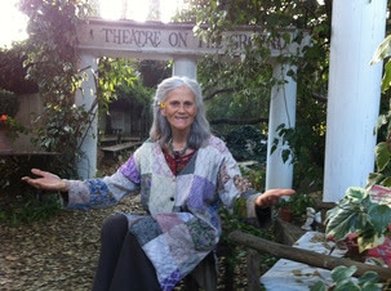 Cultivating the art and science of storytelling, like home-grown food, is even more essential today. The wi-fi wilds of indigestible images, data, messaging and violent “games” are not as easy to remove as toxins and weeds. New tools are needed and practice is required. Participants in this workshop will discover enlivening methods and a pharmacopeia of plot-lines and characters for composting and transforming these and other challenging dilemmas at school, and at home. Please bring an unlined notebook and colored pencils. Nancy Mellon has been encouraging storytelling as a healing art around the globe for more than thirty years. Her workshops and courses brim with creativity. She is a psychotherapist and former Waldorf teacher whose books are cherished in many countries. Nancy is the author of Storytelling and the Art of Imagination, Storytelling with Children, The Knottles, and Body Eloquence, which won the US Books’ Best Books Award in the field of Alternative Medicine. To learn more see her website. More ... West Coast Collaborative Puppetry Arts Conference 2017 / July 27 - 31, 2017Workshops / Update Workshop: The Art of the Themed Multi-Pocket Puppet Story Apron with Jennifer Aguirre The themed multi- pocket puppet story apron is an interactive visual storytelling presentation where children point to a pocket and the puppet inside comes delightfully to life through story, verse, or song, cultivating a sense of awe, wonder, and joy in the natural and fairytale worlds. The apron serves as a wearable stage and the theme to the apron can be anything. Participants in this class will make a themed pocket story apron and some wool fleece puppets to compliment it. We will explore the wide range of ideas and ways to bring this creative, interactive and portable stage alive to the delight of audiences. Please bring a short poem or nursery rhyme (preferably memorized) that compliments your theme ideas along with a sewing kit. 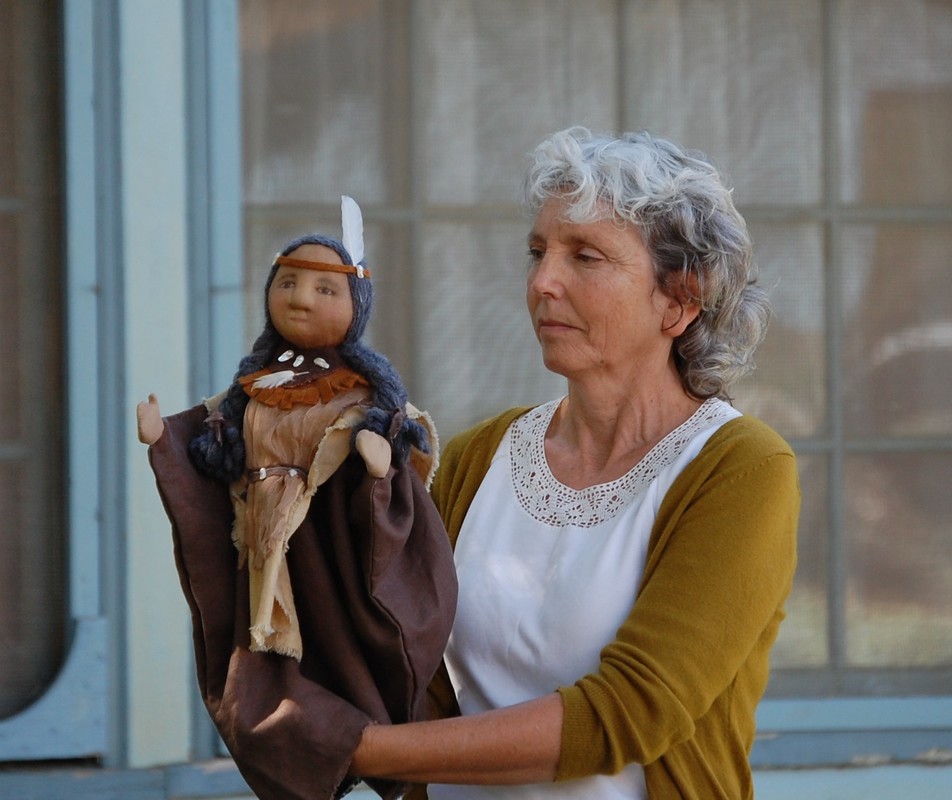 Jennifer Aguirre lives in the Sierra Nevada foothills near Sonora, Ca. She has been teaching and developing a grades puppetry curriculum at the Sierra Waldorf School since 1998 and bringing puppet performances to the kindergarten(s) and festival life of the school since 1993. She has been performing her 8 themed puppet pocket story aprons in a variety of community wide venues for over 20 years and enjoys teaching the puppetry arts to adults. She lives in a restored Goldrush era home with her husband and where they raised their two grown children. More ... West Coast Collaborative Puppetry Arts Conference 2017 / July 27 - 31, 2017Workshops / UpdateWorkshop: The Silk Marionette ~ Exploring Ethereal Form and Gesture with Janene PingThe 5-string Silk Marionette brings an elegance of soul expression that embraces the grace of etheric form and gesture. Please join us for this workshop where we will study archetype in fairy tale theater and craft a silk marionette using techniques of plant dying, wool sculpture and weight resist to refine the possibilities of movement for the puppet. Will will also work with performance art and set design for deepening the artistry of puppet show production. Participants are asked to identify with a fairytale character that they would like to create and to bring a drawing pad, pencils, and a sewing kit for their conference participation. Janene Ping has been a Waldorf early childhood educator since 1992. She is the creator and artistic director of the Magical Puppet Tree Theatre supporting storytelling and puppetry arts for almost as long. ... She is a faculty member at Sophia's Hearth in New Hampshire, teaches kindergarten at the Hawthorne Valley Waldorf School, and has led courses in puppetry arts for educators throughout the Northeast and in Europe. For more information contact .
More ... A Maypole Dream by Marjorie Rehbach and Christine Nietert
An Illustrated Story for Young and Old When the bright colors of spring failed to appear after winter one year, the fairies wanted to find them and bring them back to earth. How did they manage? Walking through the woods, one spring morning, the story of “A Maypole Dream” appeared, as a gift, to the author. It is a tale which brings gratitude for the nature spirits back into our celebrations of the miracles of the seasons. The book contains this story and beautiful illustrations, and can be enjoyed by young and old – all those who love the weaving colored ribbons of the Maypole dance! More ... by Dr. Helmut von Kügelgen - International Waldorf Kindergarten Association The struggle for the legal security of a freely chosen, humane education in the pre-school age demands spiritual decisions from which parents and teachers can no longer hold back. Independently from the success of these efforts, however, we must not neglect the concrete questions of the creation of a counterbalance against a civilization inimical to children.
Whatever can be done to offer children enlivening soul nourishment must be begun. In the late fall, children are more and thore withdrawn from nature - in so far as they can reach it all - and are brought into the house and indoor occupations. It is also the time for the first thoughts about Christmas and Christmas presents, so the educational experience should lead to understanding with the heart and to action. How incongruous it must have seemed in the year 1917 in the tragic last phases of the first World War and in the beginning of his open political and social activity, that Rudolf Steiner should have been concerned with the establishment of a marionette theater. But he devoted his full attention to this theater. |
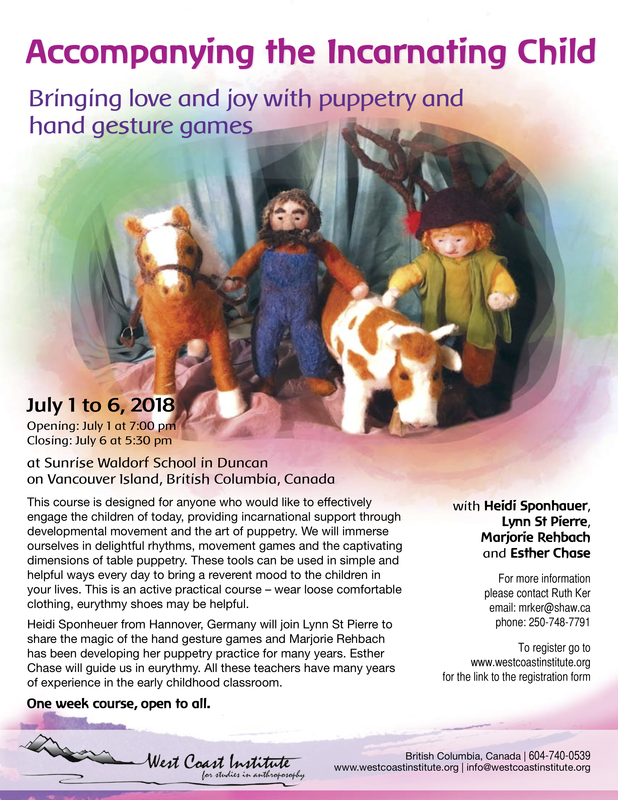
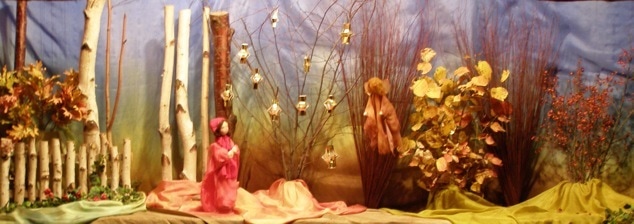
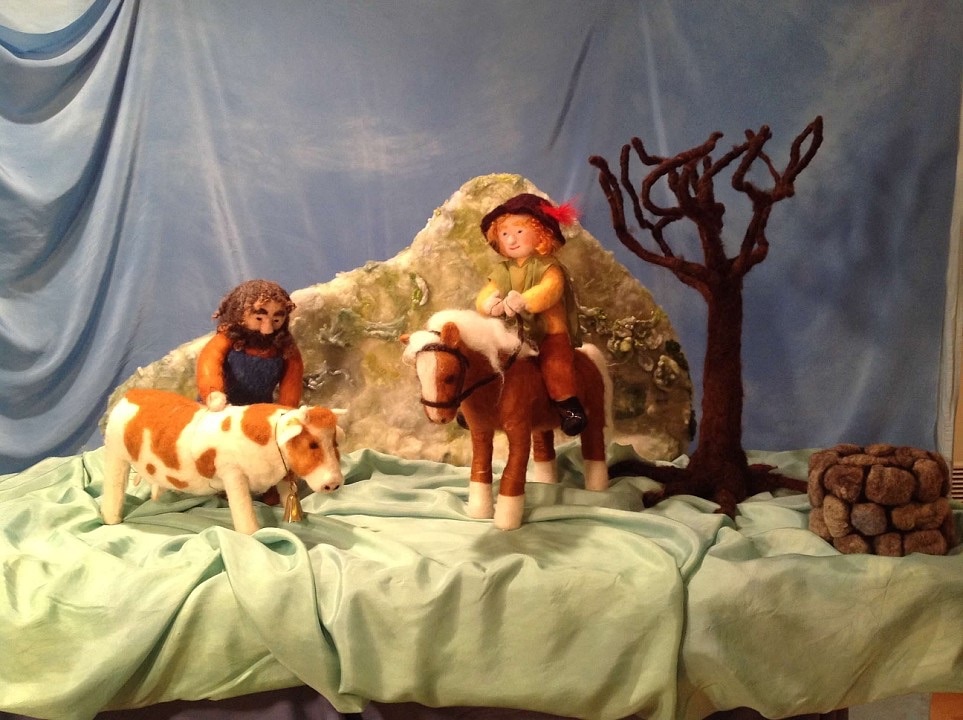
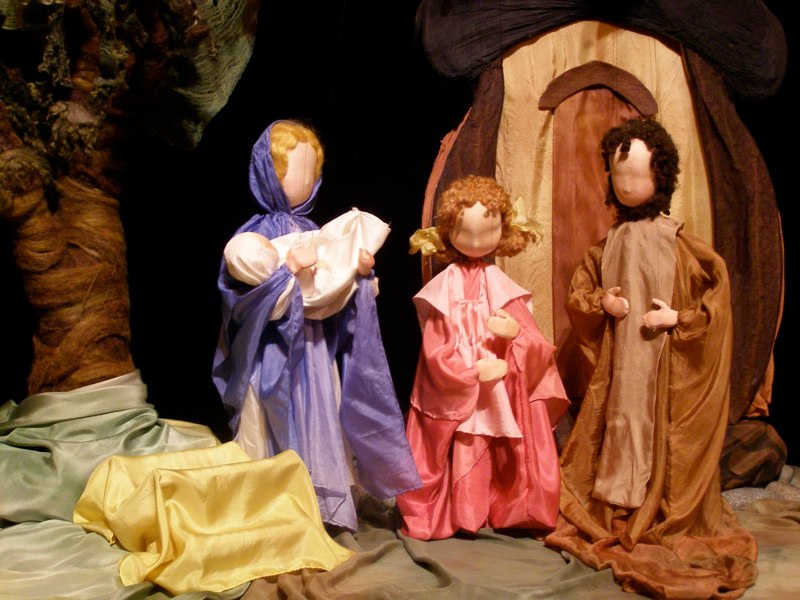
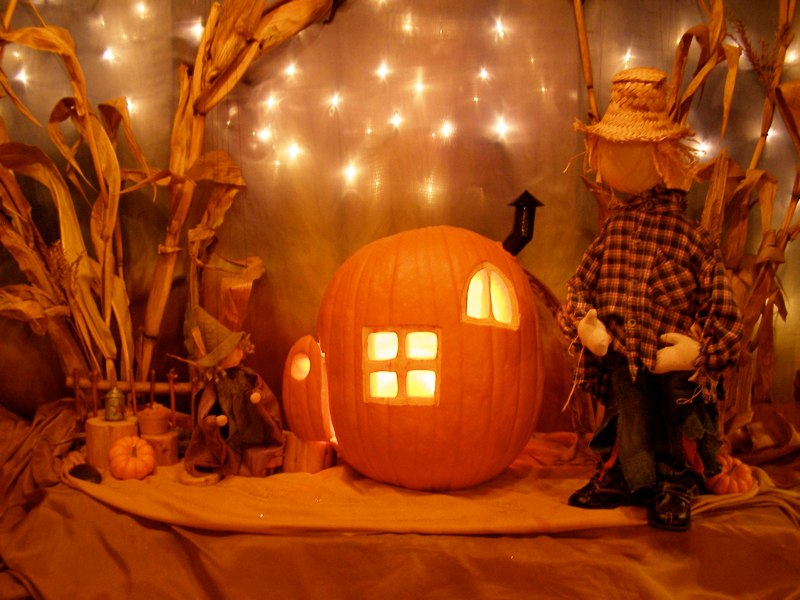
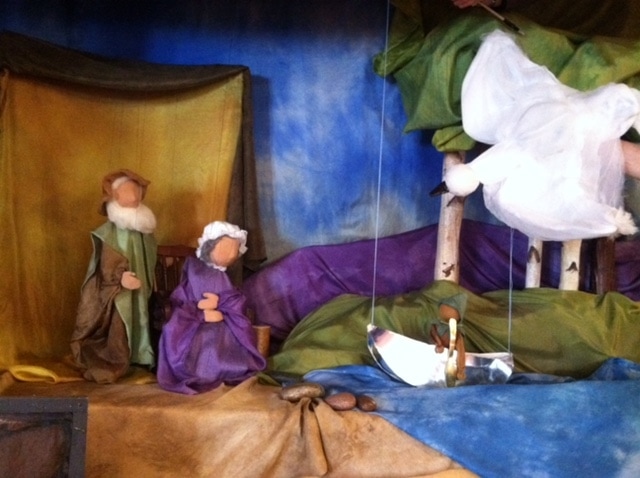
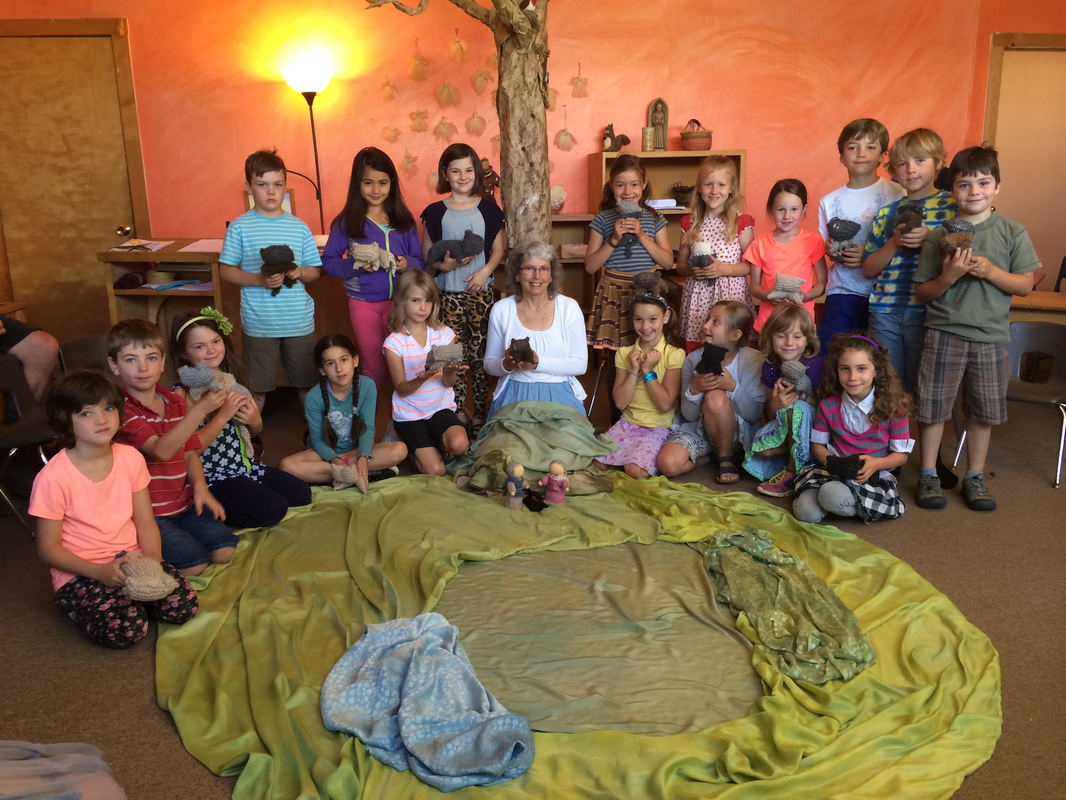
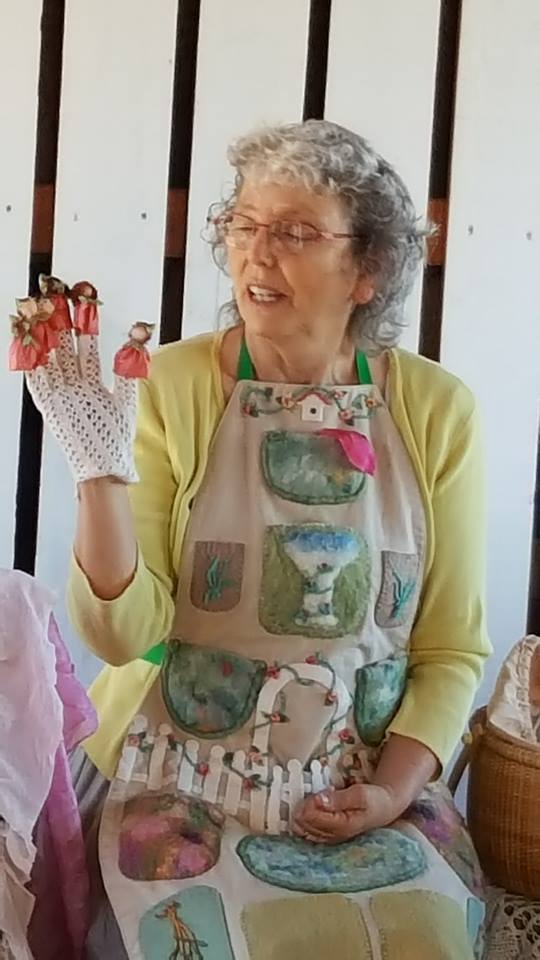
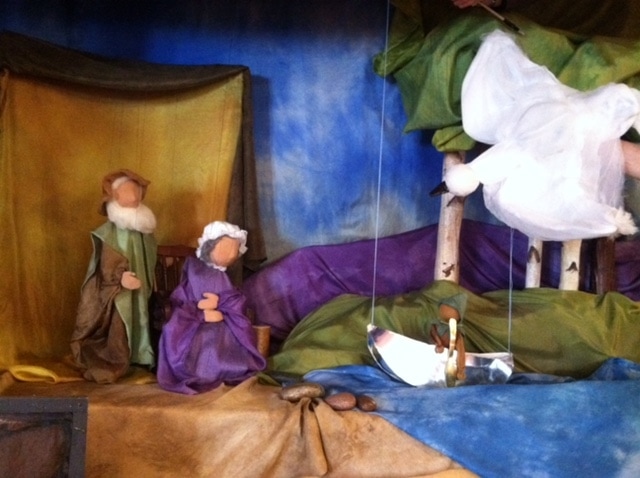
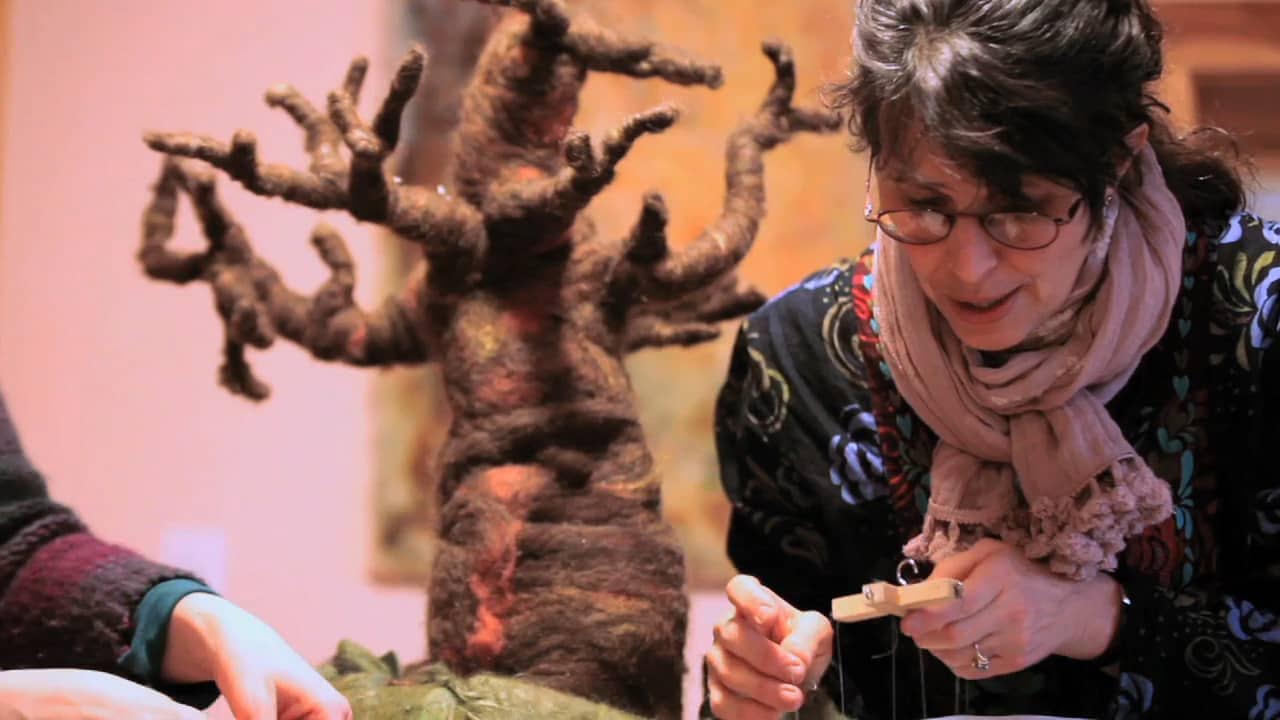
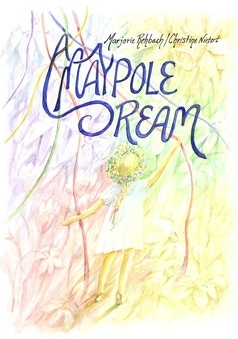
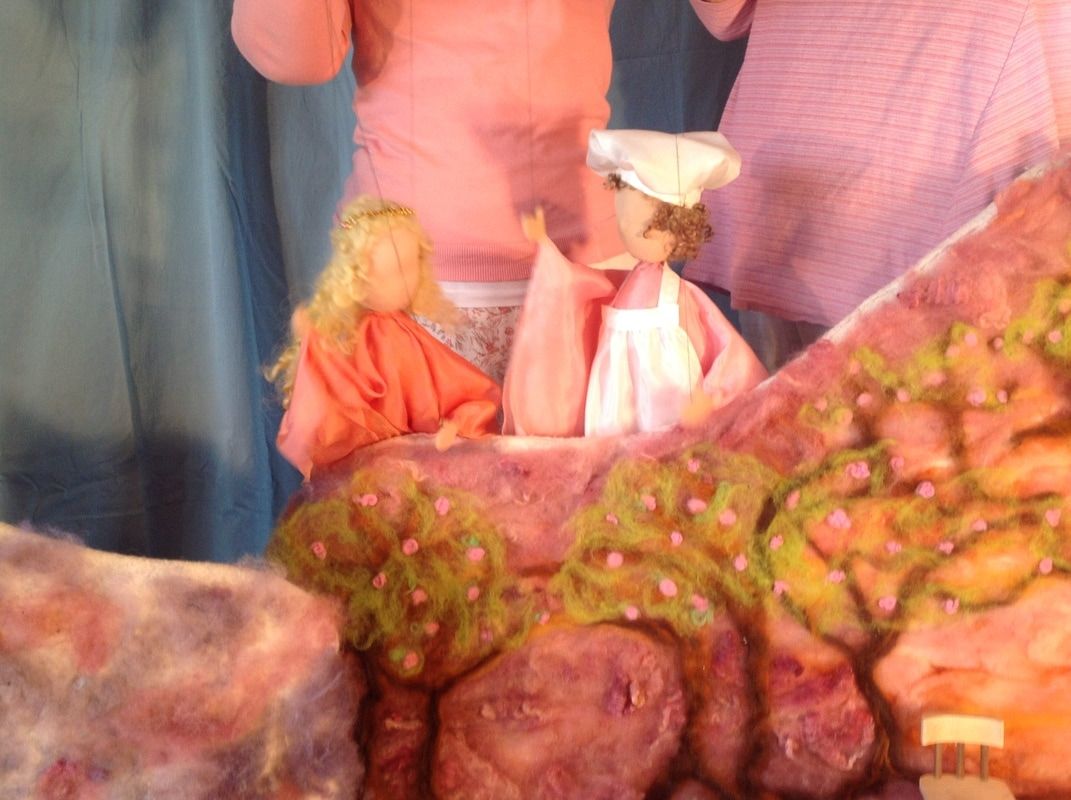
 RSS Feed
RSS Feed